When most people think of roaches, the ick instantly starts to set in. However, Roaches are among the most misunderstood creatures in the insect world. Despite their reputation as pests, these resilient insects are fascinating in many ways. Here are 10 surprising facts about roaches that will change the way you think about them.
1. Roaches Are Ancient Survivors
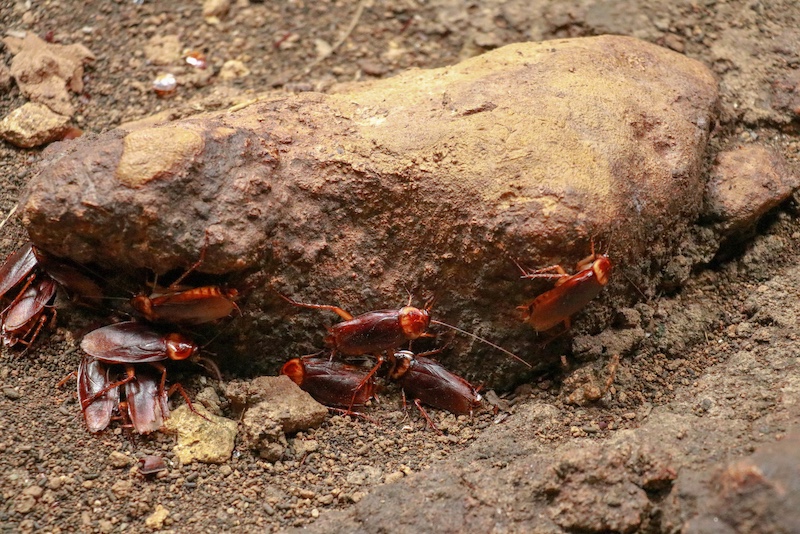
Roaches have been around for over 300 million years—that’s far longer than even the dinosaurs. Their ability to adapt to various environments, from tropical rainforests to urban settings, has allowed them to endure through centuries of changes on Earth. This ancient survival is a testament to their remarkable resilience and ability to thrive in nearly any habitat.
2. They Can Live Without Their Heads

One of the most bizarre facts about roaches is that they can survive for up to a week without their heads. Unlike humans, they don’t rely on their mouths or noses for breathing; they breathe through small holes in their body segments called spiracles. When decapitated, they eventually die from dehydration, not because they can’t breathe. This astonishing ability highlights their unique physiology and survival strategies.
3. Roaches Are Extremely Fast
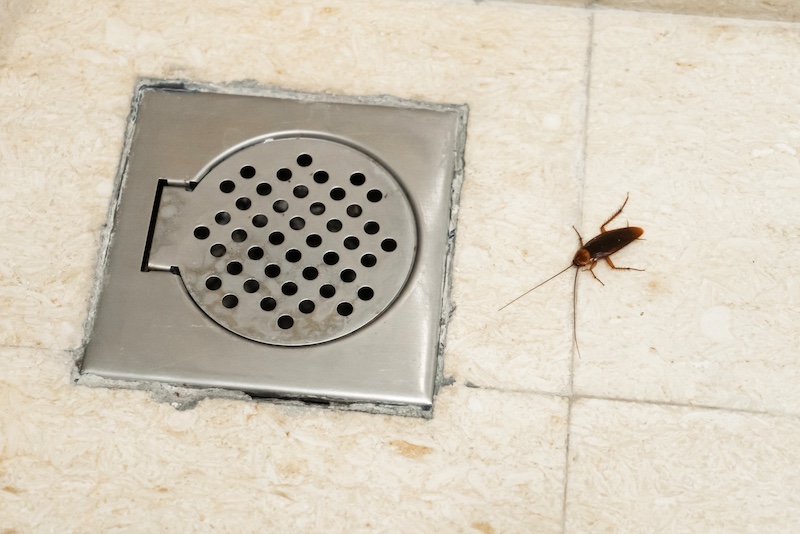
Roaches are among the fastest insects around. They can run up to 3 miles per hour, which is quite fast considering their size. This speed is crucial for escaping predators and quickly finding food and shelter. Their nimble movement allows them to evade threats and navigate complex environments effectively.
4. They Can Hold Their Breath for Long Periods
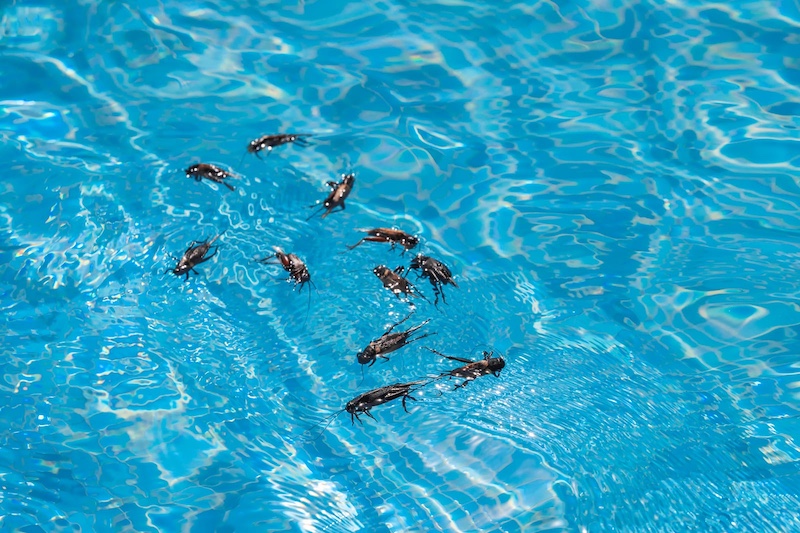
Roaches have the ability to hold their breath for up to 40 minutes. This trait allows them to survive in environments with low oxygen levels, such as during floods or when trapped underwater. It also enables them to survive in extreme conditions, like tightly sealed spaces where air might be scarce.
5. Roaches Are Excellent Climbers

Thanks to tiny hairs and hooks on their legs, roaches are capable of climbing almost any surface, including smooth surfaces like glass and ceilings. This ability helps them access food and shelter in hard-to-reach places, making them difficult to control and evict from homes. Their climbing skills are a testament to their remarkable adaptability and ingenuity.
6. There Are Over 4,500 Species
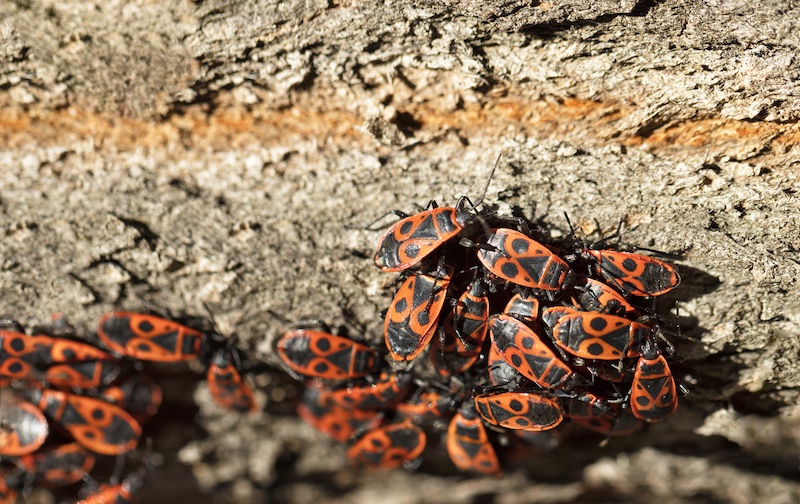
While the American, German, and Oriental cockroaches are the most well-known, there are actually over 4,500 species of roaches worldwide. Many of these species are harmless and play essential roles in their ecosystems, such as breaking down organic matter. Their diversity highlights the complexity of the roach family and their adaptability to different environments.
7. Some Roaches Glow in the Dark
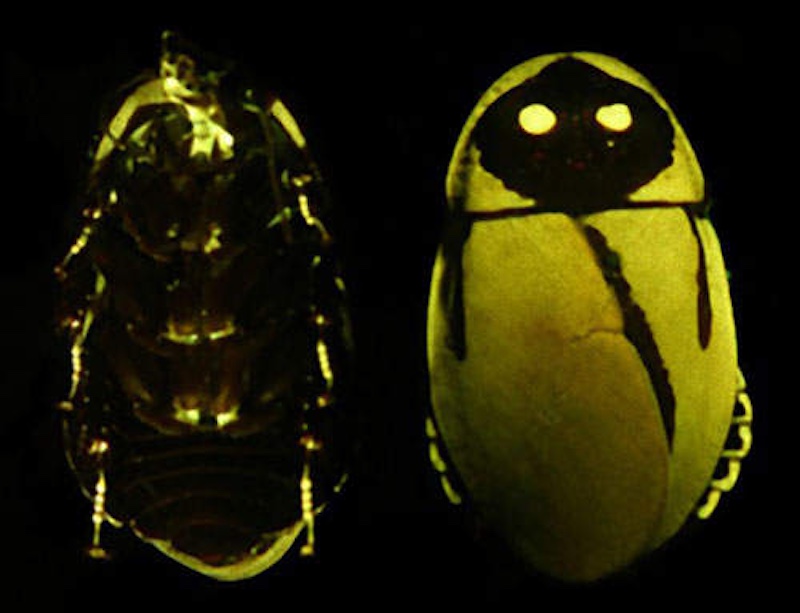
The Luchihormetica luckae, a rare cockroach species, has bioluminescent abilities. This glow in the dark is not for decoration; it serves as a mimicry tactic to resemble toxic beetles. This clever adaptation helps protect them from predators by making them appear unpalatable or dangerous, showcasing an intriguing aspect of their natural defenses.
8. They Can Survive Extreme Radiation
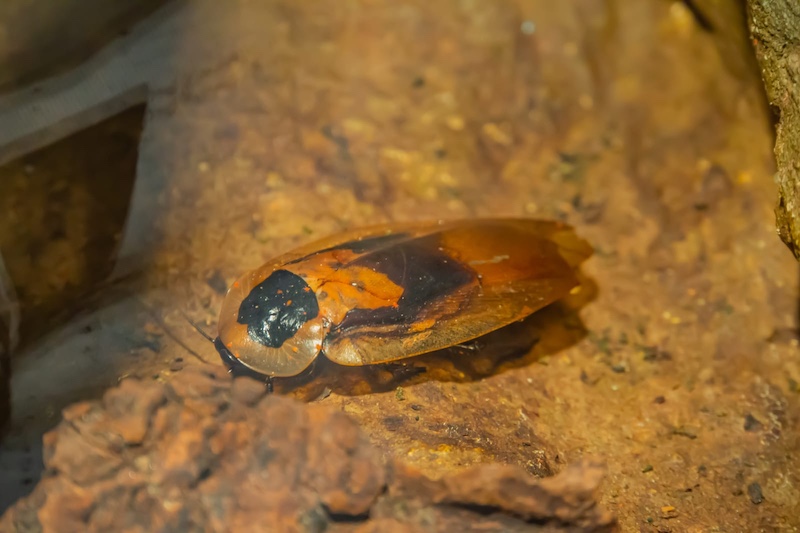
Roaches are known for their resilience to extreme conditions, including radiation. They can survive radiation levels up to 10 times higher than humans. This extraordinary tolerance has even led to the misconception that roaches would survive a nuclear apocalypse. While this isn’t exactly true, their ability to endure high radiation levels speaks to their robust biological makeup.
9. Roaches Communicate Using Chemicals
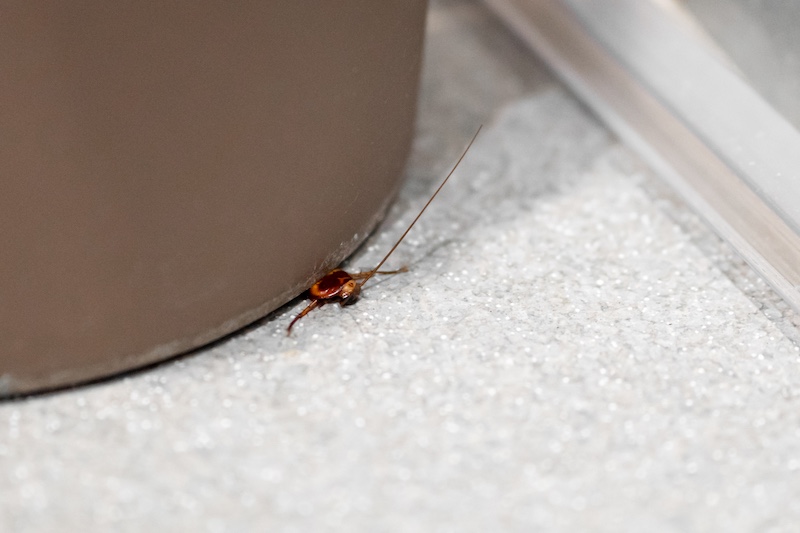
Roaches communicate through pheromones, which are chemical signals released by their bodies. These pheromones help them find food, warn others of danger, and even locate mates. By following the scent trails laid down by other roaches, they can coordinate their activities and maintain social interactions without vocal communication.
10. They Play a Role in Ecosystems
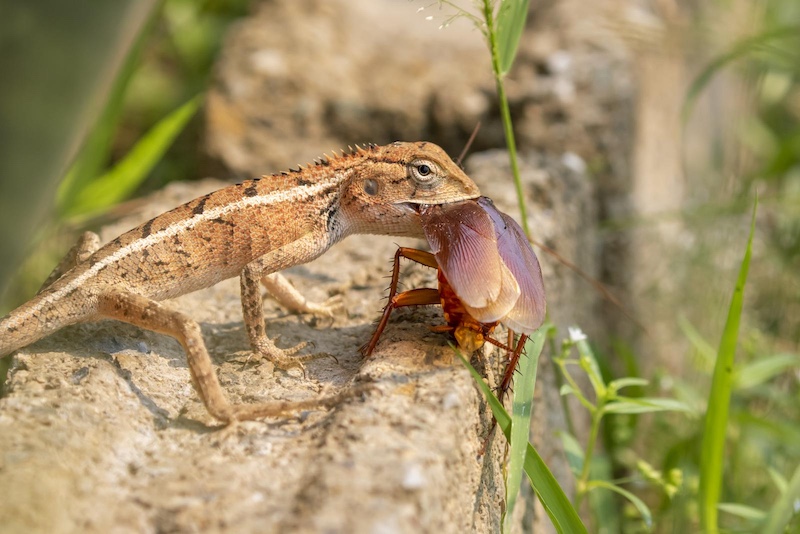
Despite their reputation as pests, roaches are vital to many ecosystems. They act as decomposers, breaking down organic matter and recycling nutrients back into the soil. In the wild, they are also a food source for various animals, including birds, reptiles, and small mammals. Their role in the ecosystem is often overlooked, but they are essential for maintaining ecological balance. Please Note: This content was created with the assistance of AI and thoroughly edited by a human before publishing.

